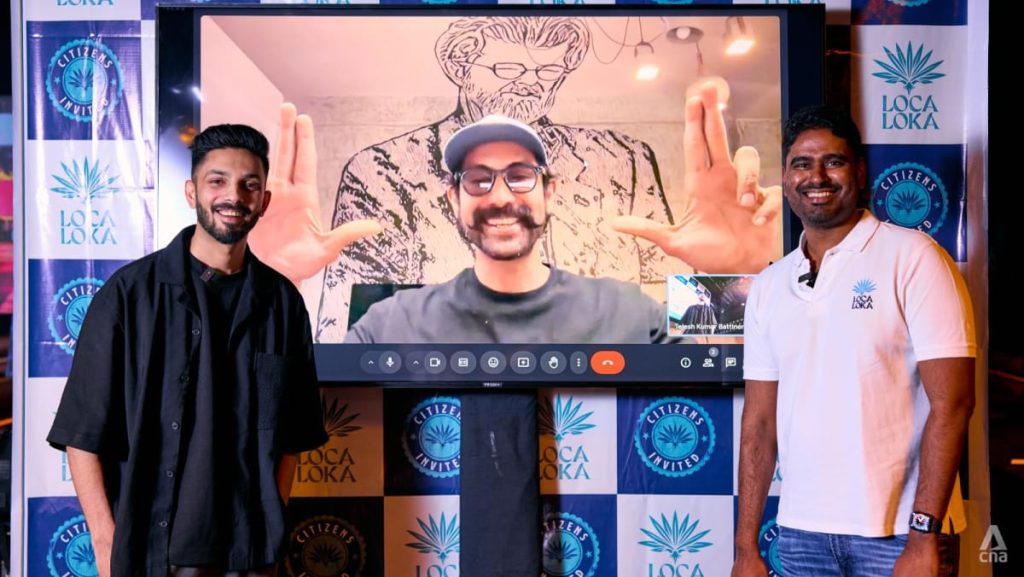Anirudh Ravichander, a prominent composer in Tamil cinema, has carved a niche for himself as one of South India’s most successful music directors. Though he first made his mark in Tamil film music, his talent has transcended regional boundaries, earning him acclaim in Bollywood and Tollywood as well. Throughout his career, he has also established himself as a playback artist, contributing his vocals to a multitude of songs across various genres. Anirudh’s success is marked not only by his prolific output but also by his unique creative process, which he describes in a light-hearted way, reflecting both the chaos and beauty of inspiration.
During a candid reflection on his creative process, Anirudh humorously compares the inner workings of his mind to various colors and states, suggesting that it can be both vibrant and dismal. He likens it to a journey filled with unpredictable moments, exemplifying the nature of artistry where inspiration can strike at any time or remain elusive. In a world where numerous artists draw on personal experiences and emotions to fuel their creativity, Anirudh acknowledges the challenge in pinpointing the source of his inspiration. This insightful observation captures the essence of artistic creation, emphasizing that the spark of creativity is often mysterious and unquantifiable.
Anirudh’s admiration for contemporaries, such as actor Rana Daggubati, reflects the collaborative spirit prevalent in the creative industry. He draws parallels between their distinct crafts, understanding that while one may write lines and deliver performances, the roots of creativity are often unpredictable. The recognition of shared experiences among artists reinforces the notion that creative endeavors are not solitary ventures; rather, they are influenced by a network of artists supporting one another. This camaraderie fuels their respective talents and shapes their artistic expressions, leading to innovative and engaging work.
While Anirudh has built a stellar reputation in the industry, he remains humble and acknowledges the limitations of his physical appearance in mimicking others, particularly when it comes to the handlebar moustache that Rana is sporting for his upcoming film set in the 1950s. His playful banter regarding this aspect underscores the light-hearted nature of their camaraderie and shows that even successful artists can embrace humor and self-deprecation. This reflects Anirudh’s grounded personality, detached from the industry ego that often accompanies fame.
As he prepares for another concert in Singapore, Anirudh’s journey serves as an inspiration to many aspiring artists. His ability to bridge cultural divides through music illustrates the universal language of art, as it resonates with diverse audiences across the globe. Each performance is not merely a showcase of talent but a vibrant expression of the culture he represents. This dedication to touching lives through music speaks to the broader impact of his work, as well as the responsibility that comes with being an influential figure in the music industry.
Ultimately, Anirudh Ravichander’s story is one of passion, humor, and a deep-rooted appreciation for the arts. His reflections on creativity reveal the complexities behind musical compositions, while his interactions with fellow artists like Rana highlight the importance of collaboration and playful relationships within the creative community. His journey not only marks his personal achievements but also underscores the rich tapestry of talent in South Indian cinema, encouraging emerging artists to explore their own paths in this vibrant field. Anirudh’s narrative reminds us that the artistic journey is as much about the process of creation as it is about the end product.

